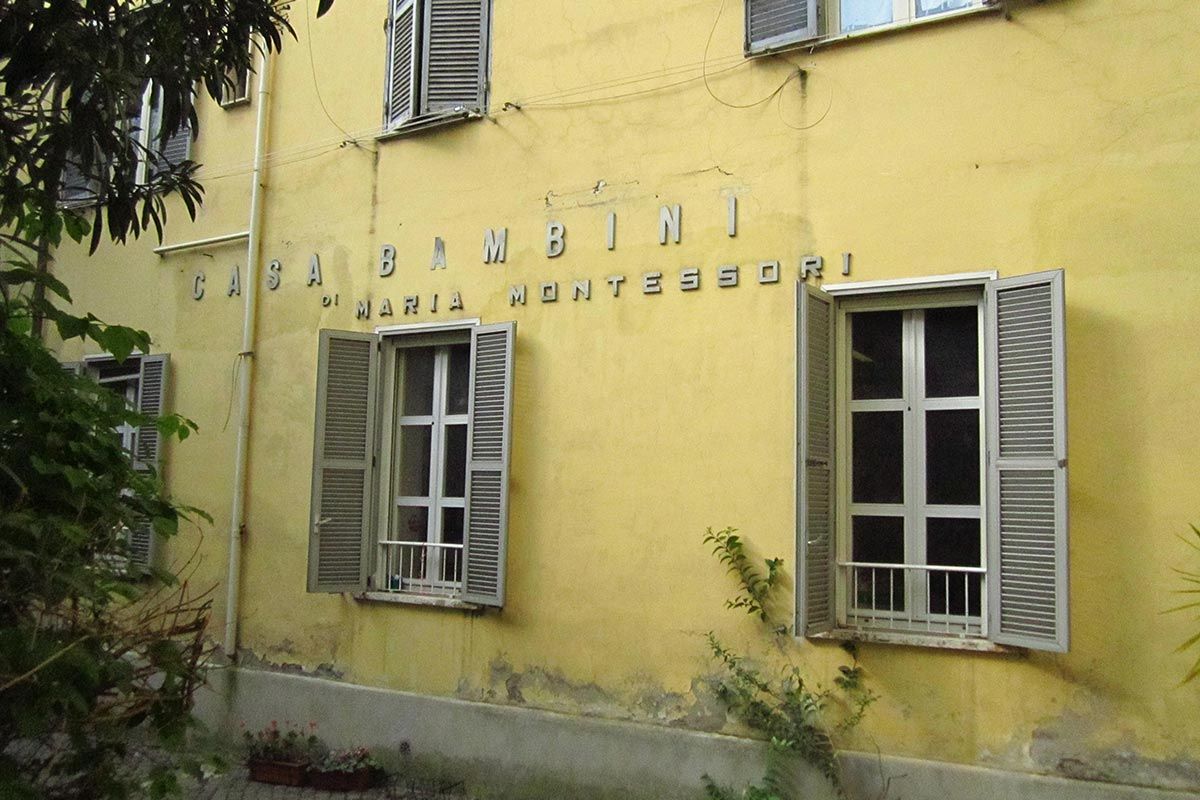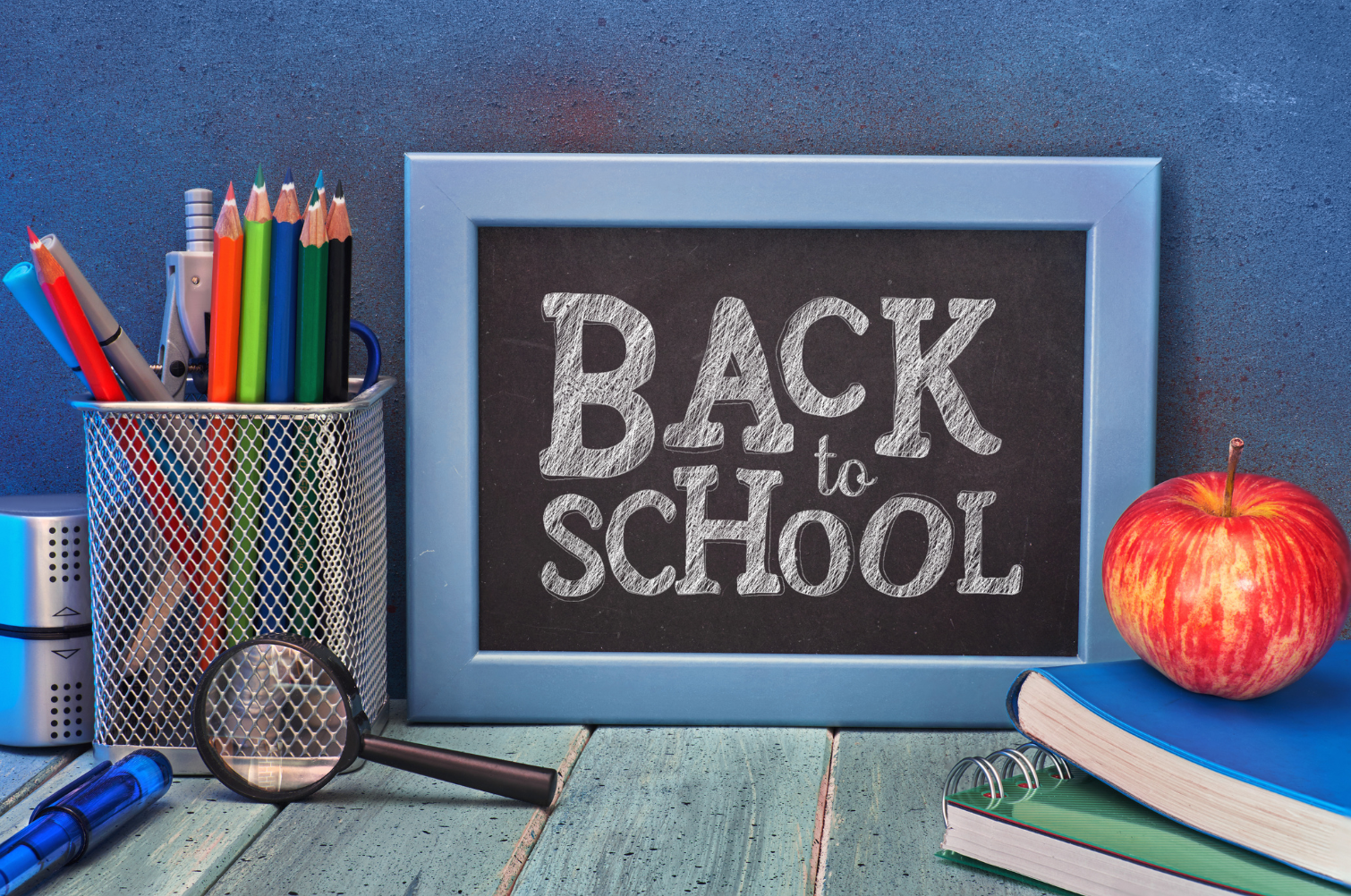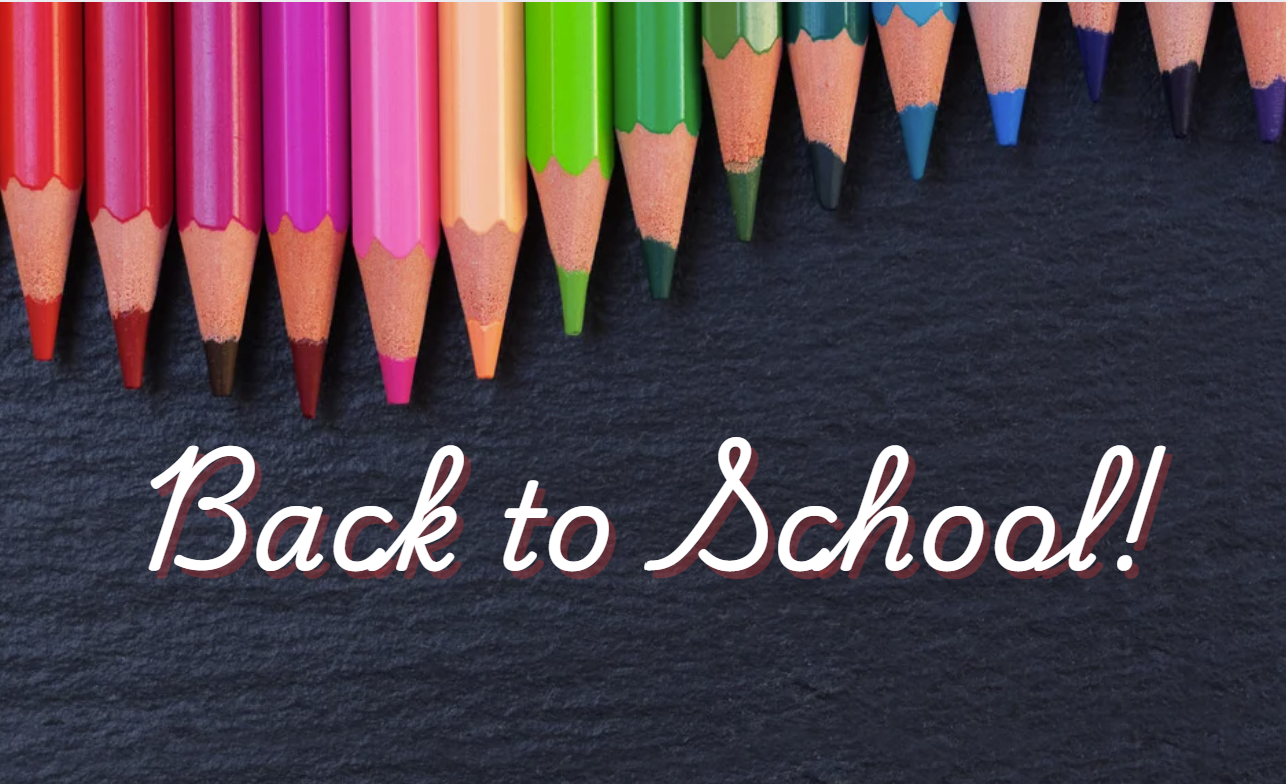
Foundations of the Primary Classroom
Dr. Maria Montessori opened her first school in San Lorenzo, Rome in 1907 and called it the Casa dei Bambini: the Children’s House. Through direct observation and her work with the children, she began to construct a holistic method of education that was child-centered, experiential, and aligned with the developmental stages of the child. She believed true education should be a preparation for life.
As the parent or caregiver of a Montessori child, you have probably heard terms like child-directed, the prepared environment, freedom within limits, and independence… but what do they mean in everyday practice? In this post, we will look at the core principles of Montessori
philosophy and how they cultivate an enriching, individualized learning environment where children can grow, learn and thrive.
The Prepared Environment
The brain is an experience-dependent organ, and wires itself based on a child’s early experiences within their environment. The Montessori classroom is intentionally prepared to support each child’s development by providing materials and activities that match the work and needs of children at this stage. The mixed-age classroom offers a structure similar to a family, which is essential for both individual development and social cohesion. The Montessori Guide maintains a beautiful, orderly and enticing space where each child thrives.
Order and Beauty
Montessori classrooms are beautiful, orderly, clean and intentional. Our classrooms are bright and full of natural light. Every work in the classroom has its own space and children can depend on things being in their place. The predictability, simplicity and organization of the environment limits distractions and creates a peaceful and calm learning environment. Materials are real, functional, beautiful, child-sized, and often breakable! We know that external order creates internal order, and we prepare our environments to support this internal development.
Independence
Dr. Montessori famously said, “Never do for the child what she can do for herself.” And we like to add, “…or what she believes she can do for herself.” As adults, we follow the law of maximum efficiency, but children follow the law of maximum effort. Children want to work, they are eager to do it themselves, yet too often we step in to do things for them because the adult world moves quickly and we prioritize efficiency. Another way to put it is, children are all about the process while adults are all about the product. In the classroom, we give only the necessary help. When a child is concentrating, we protect that concentration above all. In the Montessori environment, children are encouraged to explore, make mistakes, follow their interest, and grow the skills that lead to self-mastery and self-responsibility.
Child-centered
Children spend so much time in a world built for adults; Montessori classrooms are a haven created just for them. From child-sized tables and chairs to child-sized toilets and sinks, everything in the classroom is built for the child. Materials are displayed on low, accessible
shelving. Montessori guides lower to the level of the child when speaking to them, comforting them or giving a lesson. When children can easily access the world around them their participation and independence grow, and they show care, respect and ownership of their space.
Natural Consequences
The Montessori environment is created with natural consequences embedded organically throughout. In this way, children learn to see the relationship between cause and effect without the corrections of the adult. For example, our flower vases are made of glass; if a child moves too quickly and knocks one off the table, the glass will break. The teacher does not need to tell the child to be more careful, the sound of the glass breaking, seeing the shards on the floor, the profound silence in the room as the other children stop to look, the guide calmly sweeping it up-all of these experiences offer feedback to the child. There is no external discipline or consequence, the material provided all of that naturally. A Montessori classroom is a safe place to make mistakes because we love friendliness with error! Learning and growing are messy endeavors at any age, and we encourage process over perfection.
Freedom and Limits
In the environment, children have the freedom to move where they please, the freedom to choose their own work, to work inside or outside, at a table or a rug, with a friend or independently… They have the freedom to engage with a material for as long as they like, to socialize with their friends, to pause for a snack, to take a break in the book corner… The classroom is full of freedoms, and along with it we have three guiding principles for limits: we respect the work of others, we take care of what we use, and we make sure that every living thing is safe. These principles are rooted in respect for self and for others. These limits help children feel safe and protected. Limits are necessary for freedom and the limits expand as a child’s capabilities grow.
Mutual Respect
Within the mixed-age classroom, younger children seek older children as models and heroes, and older children become teachers for the younger ones, gaining a deeper understanding of what they have learned over the past three years. These relationships are the foundation for the classroom, creating a sense of social cohesion and a feeling of family. We practice grace and courtesy lessons that range from: “how to offer a friend a tissue when they are crying” to “how to wait for snack to be available.” There is only one of each material on the shelf, cultivating patience in waiting one’s turn. We are practically professional mediators as we navigate peaceful conflict resolution! Relationships are everything, and when we treat them as such we nurture harmony, collaboration and community.


